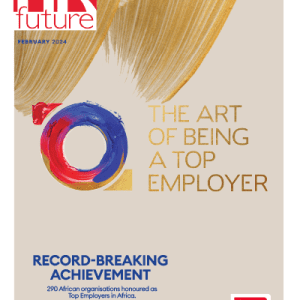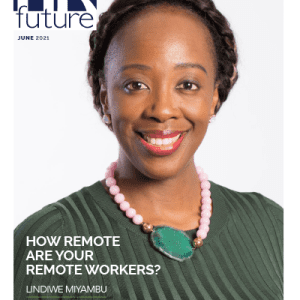The search for that strategic lever to outperform the competition is never-ending for businesses.
Believe it or not, a big part of that comes down to how innovative and creative your team can be. Having a few bright sparks sure can help. But that isn’t enough. It’s important to build a workplace where fresh ideas can actually take root and grow.
And who’s in a prime position to make that happen? That’s right, HR leaders. As an HR leader, you’re the architect of the company culture.
Here, we’ll share a few practical strategies that can help spark that creative fire and build a workplace where innovation actually thrives.
#1 Create a Safe Space for Sharing Ideas
Nobody wants to toss out a new idea just to get side-eyed or shot down in front of their peers.
The foundation for any innovative workplace rests on psychological safety. If employees fear negative consequences for speaking up, innovation stalls.
McKinsey & Company explains psychological safety as being safe enough to be candid, challenge ideas, and raise issues without fear of negative consequences.
Google’s deep dive, Project Aristotle, found that this safety was the number one thing separating their high-flying, innovative teams from the rest.
So, how do you build it? It starts at the top. Coach your leaders to be, well, human. Encourage them to show vulnerability. Train them to really listen and respond with curiosity rather than defensiveness when someone brings up a concern or idea.
Then, make failing forward the norm. Shift the focus from blame to learning. When things don’t go as planned, treat it like collecting valuable data.
#2 Diversify Your Voices at the Table
Ever notice how teams composed of people with similar backgrounds often end up thinking similarly? It’s natural, but it’s the enemy of innovation.
Welcoming diverse perspectives can supercharge your organization’s ability to tackle challenges.
One study found that organizations with more diverse boards of directors are more likely to outperform financially. That suggests a powerful connection between diverse viewpoints, innovation, and bottom-line results.
Don’t obsess over culture fit; rather, look for culture add. Focus on skills and competencies, not just specific degrees or alma maters, to broaden your talent pool naturally.
Beyond the local pool, bring in global talent. People from the world’s most innovative economies, such as Switzerland, Sweden, Singapore, and the U.K., can bring in viewpoints shaped by different markets, customer needs, and working styles.
Thanks to global payroll solutions, you can pay compliantly in their local currencies without navigating tax codes or complicated paperwork.
These platforms handle currency, compliance, and local tax rules. So, “you can run payroll for more roles, in more places, without needing additional systems or workarounds,” adds Remote, a global HR and payroll platform.
#3 Ditch the Micromanagement
Nothing shuts down innovation faster than a boss who hovers, questions every tiny decision, and dictates the how instead of trusting the what.
Innovation needs room to breathe. It thrives in an environment fueled by autonomy, trust, and the space to explore solutions independently.
Micromanaging sends a message that you don’t trust your team. It leaves zero room for them to come up with their own solutions or think outside the box. Around three out of four workers consider micromanagement the biggest red flag in a workplace.
On the flip side, giving people autonomy fuels engagement and boosts performance.
Your role is to coach your managers on the art of effective delegation. That means focusing on the desired outcome, ensuring the employee has the resources and authority needed, and stepping back to let them navigate the path.
Help them master the ‘nose in, fingers out’ approach. Stay informed about progress towards goals, but resist the urge to meddle in the execution details.
#4 Offer Creative Upskilling Opportunities
You can’t expect people to become innovation machines if you don’t give them the tools, techniques, and practice to think and act more creatively.
Investing in upskilling that specifically targets creative problem-solving and innovation shows your team you genuinely value these skills and are committed to helping them develop. It arms them with new ways to approach challenges and fuels that all-important culture of continuous learning.
What kind of creative thinking tools work? Introduce practical frameworks like design thinking. It’s a structured but flexible, user-focused approach that helps organizations navigate change and maximize their impact through problem-solving.
Host hands-on workshops that get people practicing these skills in a fun, engaging way. Storytelling workshops and collaborative art projects are examples.
Don’t let this learning exist in a vacuum. Link these new skills to career development. Show employees how becoming a more innovative thinker can lead to exciting new projects or advancement opportunities.
There is no magic formula to build a culture of innovation and creativity. However, you can make it happen with small, intentional steps.
Start where you can and be persistent. The transformation may not occur overnight. But initiating change in even one of these areas can begin to shift the cultural landscape, ultimately leading to a more dynamic and innovative workplace.
Guest writer
























